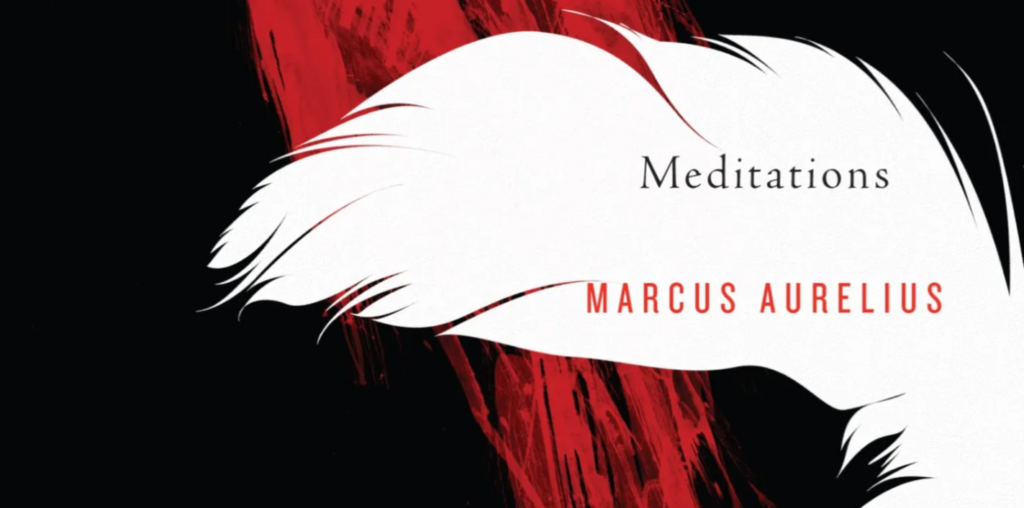Experiencing a nervous breakdown, mental health crisis, or mental health breakdown can result in a whirlwind of emotions: overwhelming anxiety, gripping paranoia, anger, profound isolation, or even dangerous tendencies towards self-harm. These coping mechanisms might manifest as escapism, distraction techniques, excessive drinking, drug use, or self-inflicted physical harm.
Navigating a nervous breakdown can feel utterly overwhelming. If you’re here reading this, you’re already taking a step in the right direction by seeking answers and solutions. I vividly remember the depths of my own mental health crisis, and I want to share my journey of how I not only survived but discovered a path toward genuine happiness.
Before delving into the solutions, I’ve shared a brief section on my personal journey. Feel free to skip ahead to Step 1 if you’re eager to discover how I climbed from rock bottom.
My Experience in Short.
At 26, I ventured into entrepreneurship, starting a successful engineering business that thrived for three years until a financial setback forced its liquidation. The relentless stress of managing the business and working over 70 hours weekly marked the onset of a worsening drinking habit.
Then, at 31, my world was further shaken by the loss of my mother, amplifying the depths of my depression and reliance on alcohol.
By 32, working as a mechanical design engineer, a work-related error led to ostracism from my colleagues. This isolation spiralled into a year of deepening depression, anxiety, PTSD, and alcohol dependency.
This period became my lowest point. I was mired in confusion, unable to focus, and unsure if there was a way out of this turmoil. The situation prompted a personal journey of rebuilding, a journey that began with the steps outlined below.
Step 1: Acceptance and Seeking help.
The first and perhaps most crucial step was acknowledging that I needed help. I reached out to loved ones, confided in a trusted friend, and sought professional guidance. Accepting that I was not alone in this struggle was a powerful realisation.
Unfortunately, at that time, speaking to a counsellor was not an option due to heavy drinking. In search of guidance, Stoicism emerged as a beacon. I bought the book by Marcus Aurelius, simply titled “Meditations,” and delved into it over the course of a week. Within its pages lay not just words of wisdom, but also an introduction to the practice of meditation.

Step 2: Self-compassion and Patience
Learning to be kind to myself was a transformative shift. Instead of berating myself for perceived failures or setbacks, I practiced self-compassion. I understood that healing takes time, and each day was a step forward, no matter how small.
Step 3: Exploring Therapeutic Techniques
Therapeutic techniques such as mindfulness-meditation, journaling, and cognitive-behavioural exercises became invaluable tools. They helped me understand my thought patterns, manage overwhelming emotions, and cultivate a sense of inner peace.
Step 4: Creating Healthy Habits
Incorporating small, positive habits into my daily routine made a remarkable difference. Whether it was going for a walk-in nature, cooking a nourishing meal, or simply taking deep breaths during moments of stress, these actions added up to a foundation of well-being.
Conclusion
The main take-aways here are: Read Meditations, start mediating and get yourself out for walks in nature. Remember, that the path to healing is unique for each of us. What worked for me might resonate with you, or you might discover entirely different approaches that light your way. The important thing is to hold onto hope, reach out when you need support, and trust in your resilience.
